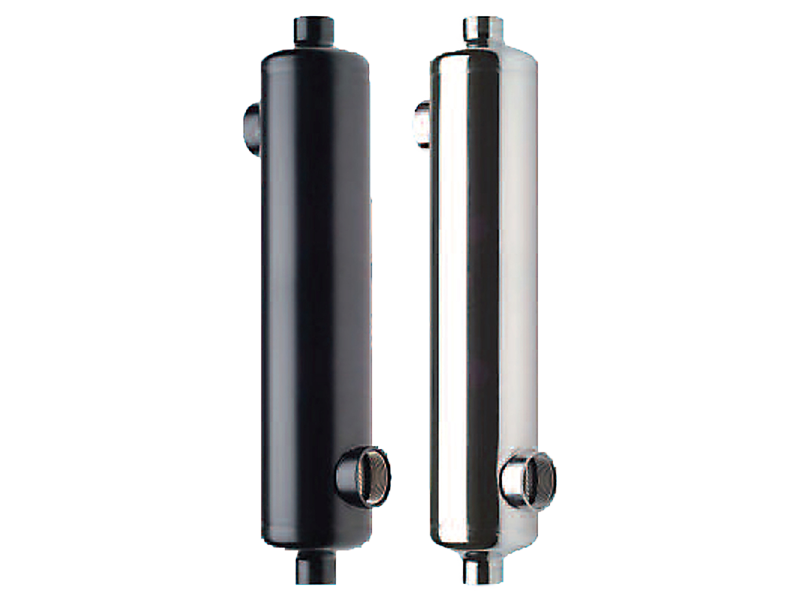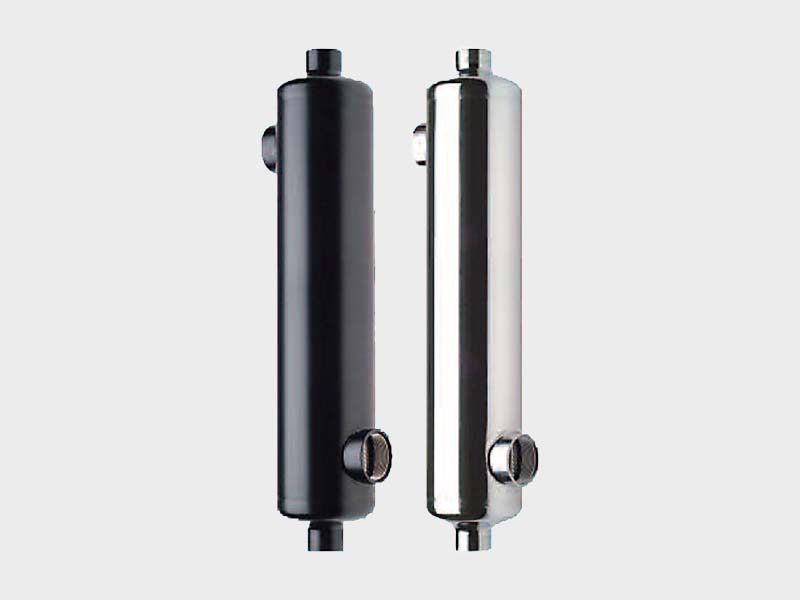Stainless Steel
For some low-temp applications, a pool heater seems like the obvious choice but really isn’t appropriate. For such applications, Raypak recommends instead using a hydronic boiler as the heat engine, with a stainless steel indirect heat exchanger to transfer the heat to the pool without compromising either the water chemistry or the boiler heat exchanger.
For some low-temp applications, a pool heater seems like the obvious choice but really isn’t appropriate. For example, the extreme salinity of sea-water pools damages the heat exchanger, and marine life is sensitive to the copper ions which will gradually be released by the heat exchanger. For such applications, Raypak recommends instead using a hydronic boiler as the heat engine, with a stainless steel indirect heat exchanger to transfer the heat to the pool without compromising either the water chemistry or the boiler heat exchanger. These heat exchangers make such a piping system compact and easier to design. Consult the water chemistry table in the manual for details of which alloy to select.



